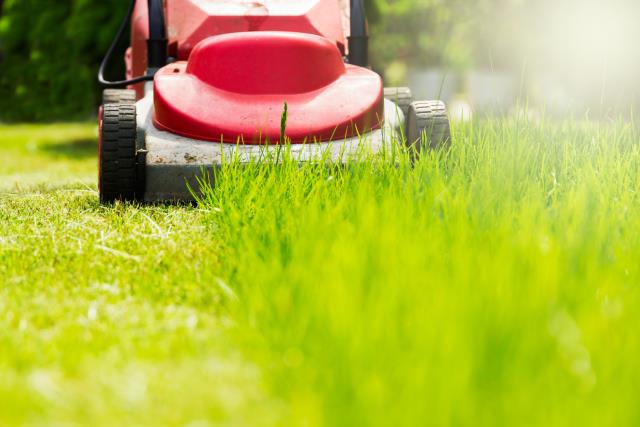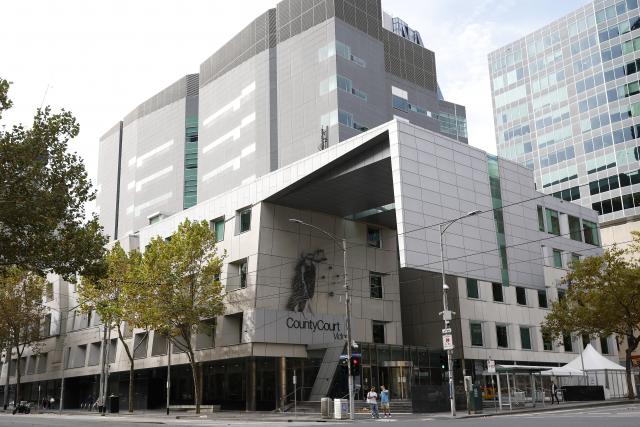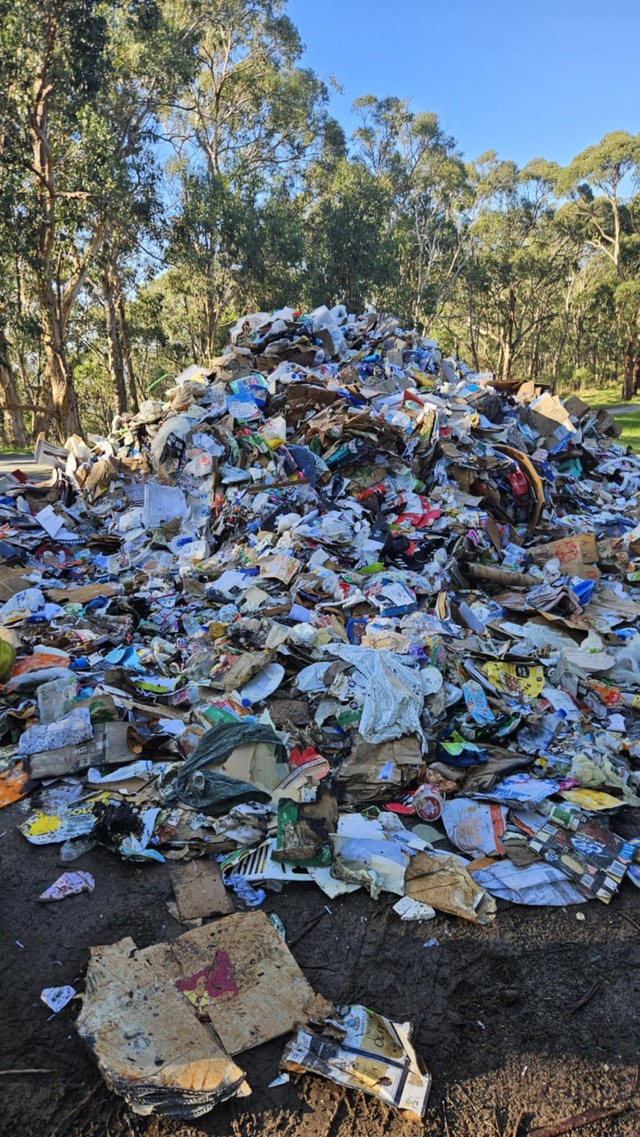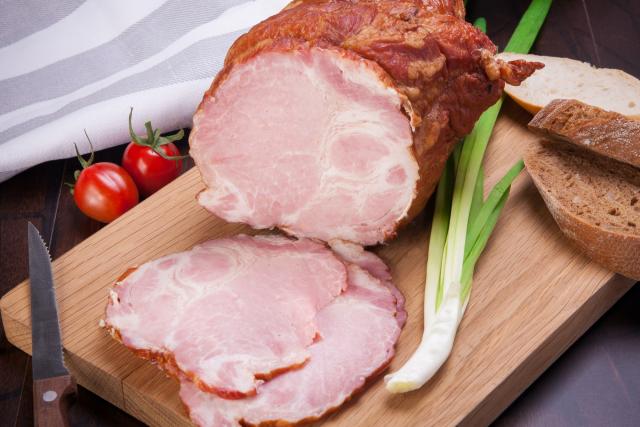Yarra Ranges Council has made a change to its fire slashing program leading up to the bushfire season.
An alternate motion was unanimously carried by councillors at the Tuesday 24 October meeting with regards to contract Provision of Fire Slashing Services.
Councillors agreed to amend wording in the original contract to ensure the safety of the region by slashing not only exotic grasses but also indigenous grasses, shrubs and trees including regenerating species before getting to drier and hotter seasons.
Cr Fiona McAllister said the item had come about after a decision was made in May.
“There was a change to a recommendation which actually was not aligned to the contract,” she said.
“So this is in some ways a procedural motion to make sure that our council decision is aligned with the provision of fire station services that we’ve actually contracted and are able to provide under a range of different legislation.”
Cr McAllister added that the council would carry out the fire slash program earlier than it was in previous years.
“The 2023-24 fire season, we’re told, will be quite different given a shift from La Nina to El Nino. It will be drier and hotter and in fact means that the fire danger period which in some years has most recently been called in late January, but it probably will be called in November,” she said.
“Council comms team and councillors are doing everything to make sure the community understands that because it means the window for fire preparedness, like roadside slashing, is even smaller than it was in previous years.”
Cr McAllister emphasised the importance of reminding locals to prepare their properties and not to wait for the fire danger period to be declared.
Yarra Ranges Council has an annual fire slash program to reduce fire fuel and hazards on local roads involving mowing grass in reserves and roadsides.
In ’Preparing for the fire season’ video on the council’s website, Fire Prevention officer Sandra said local residents could help to minimise the risk of bushfires by maintaining and targeting vegetation approximately the width of your finger.
“Uncut long grass and smaller fallen branches give fire a better opportunity to travel which can affect neighbouring properties,” she said in the video.
“By cutting long grass, generally lower than 10 centimetres, fire behaviours are reduced and people can also rake up and remove leaves and bark regularly during the fire season.”







